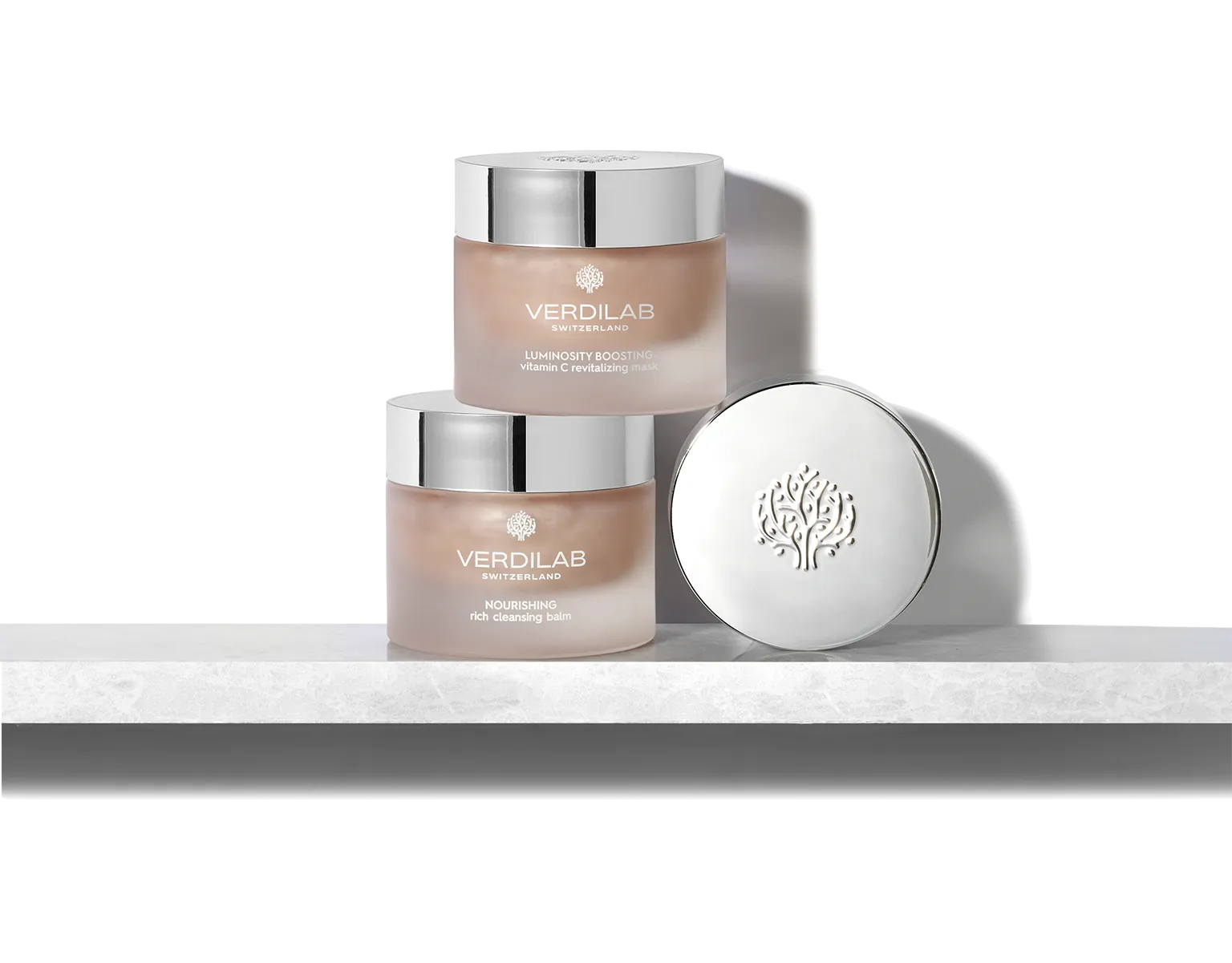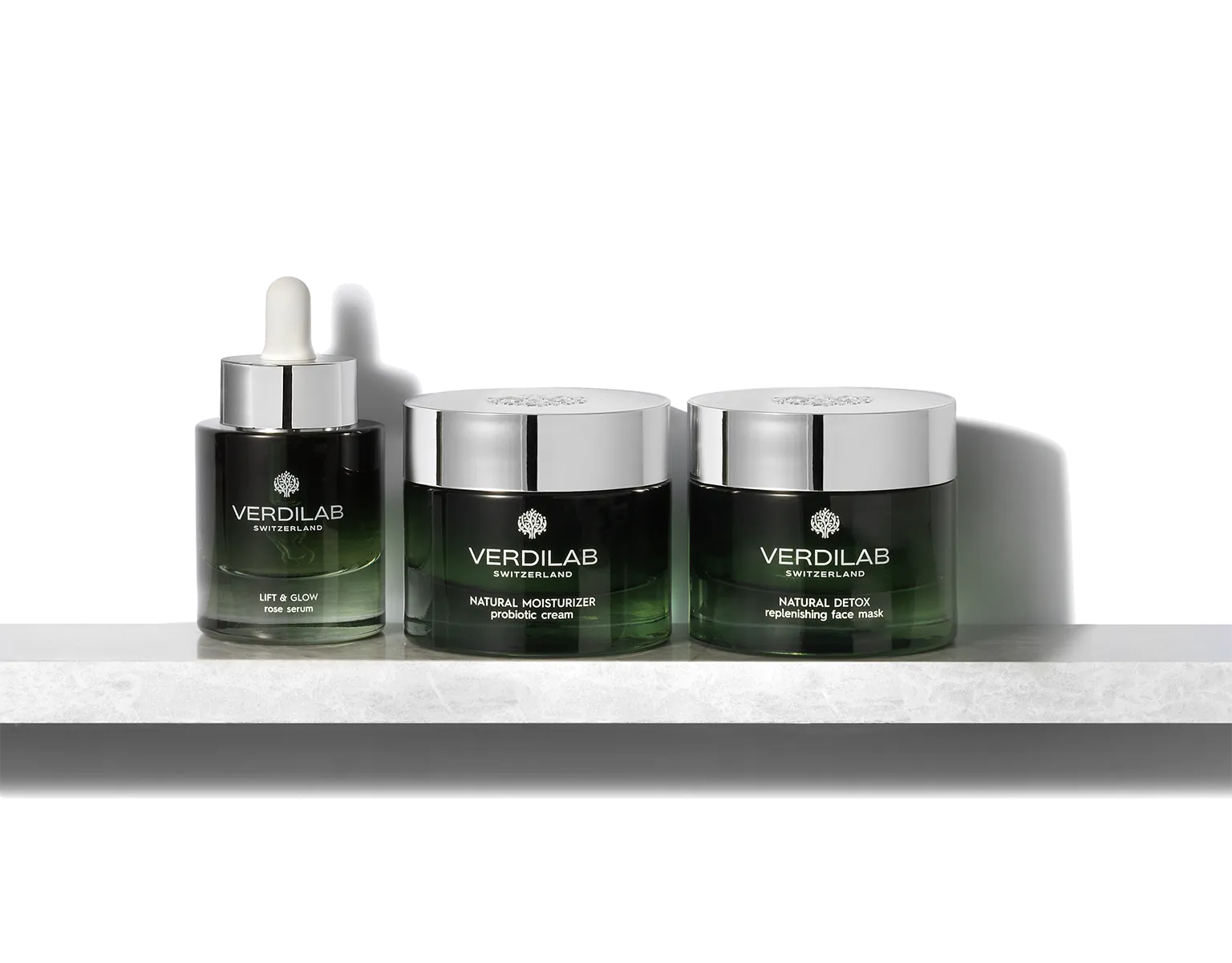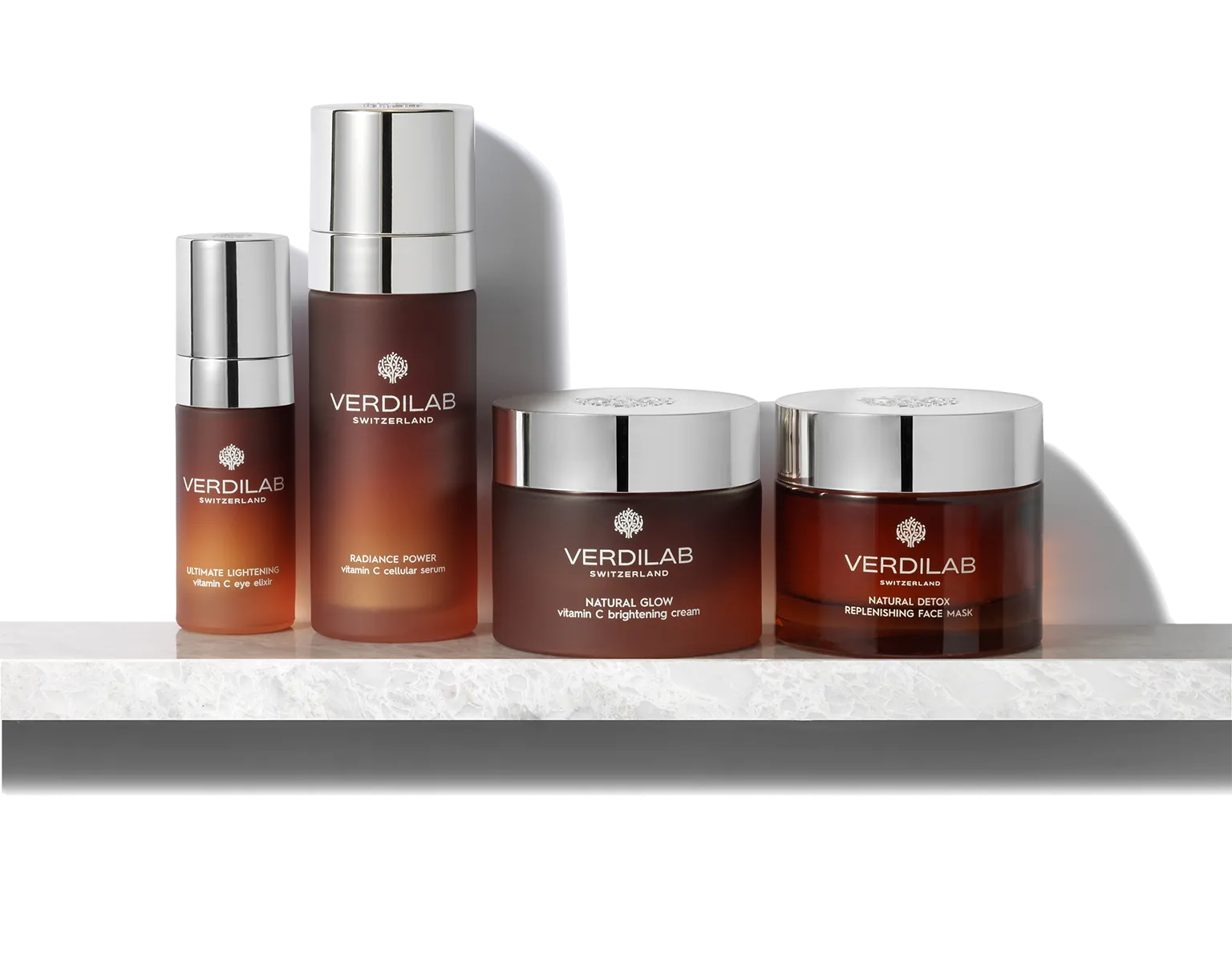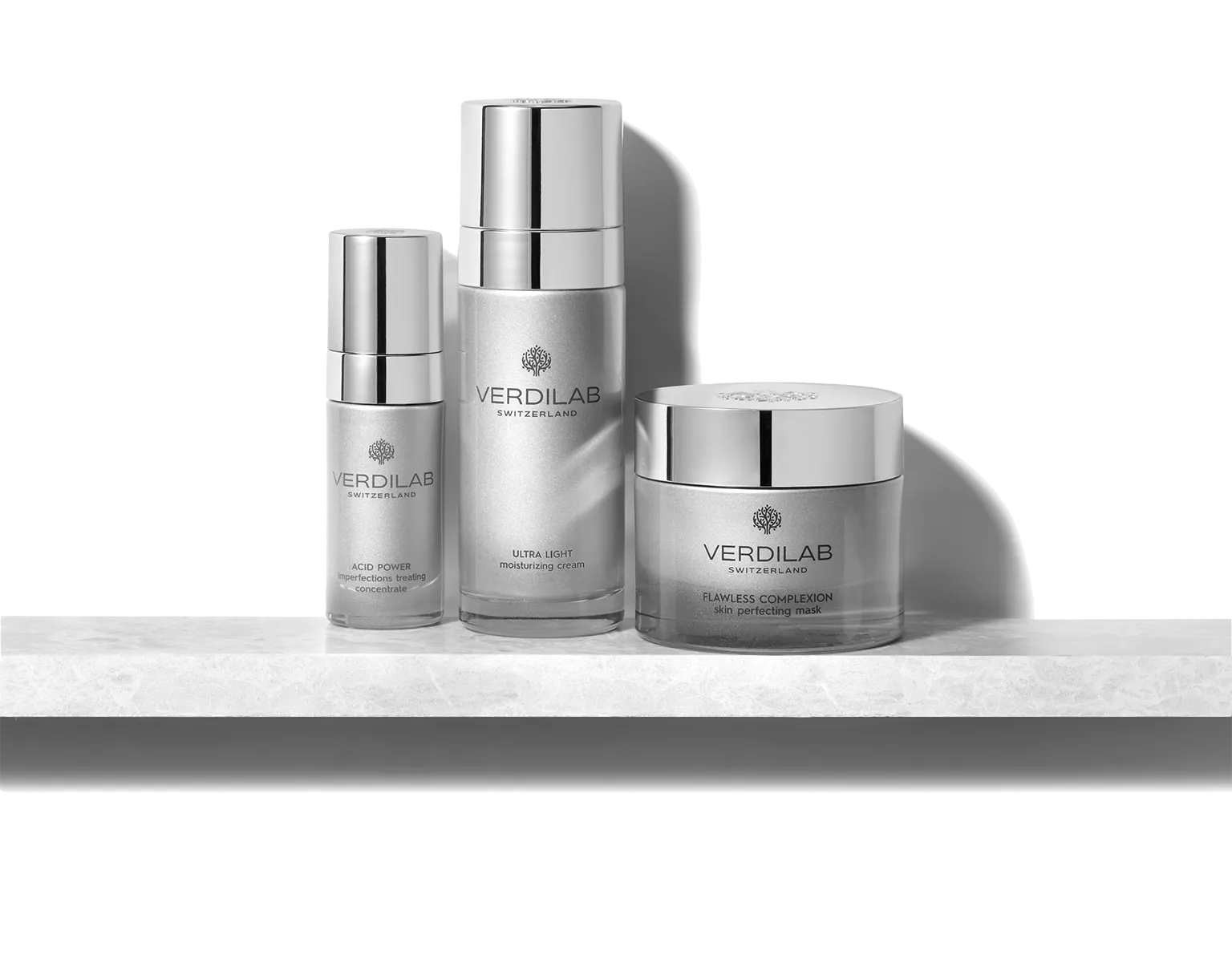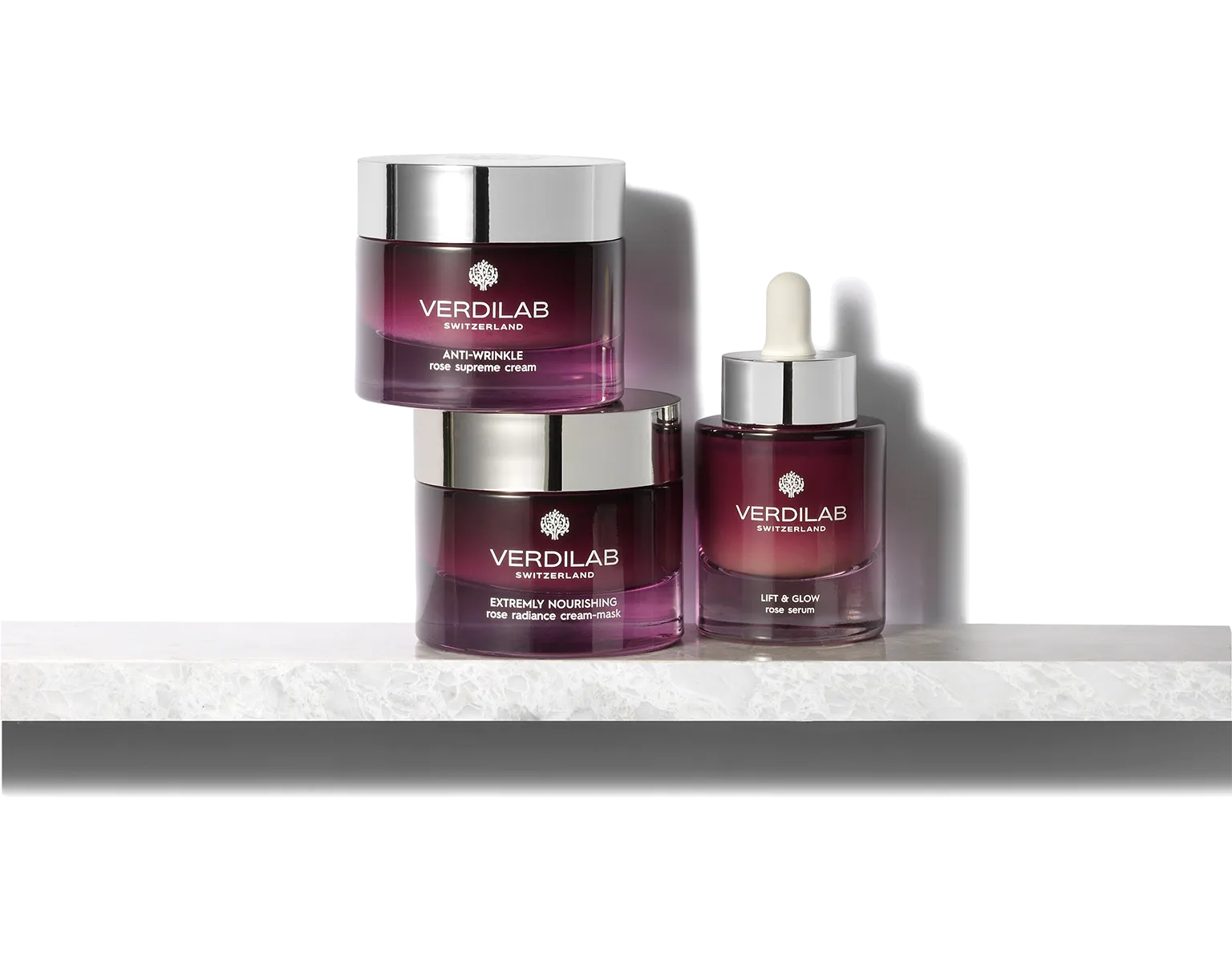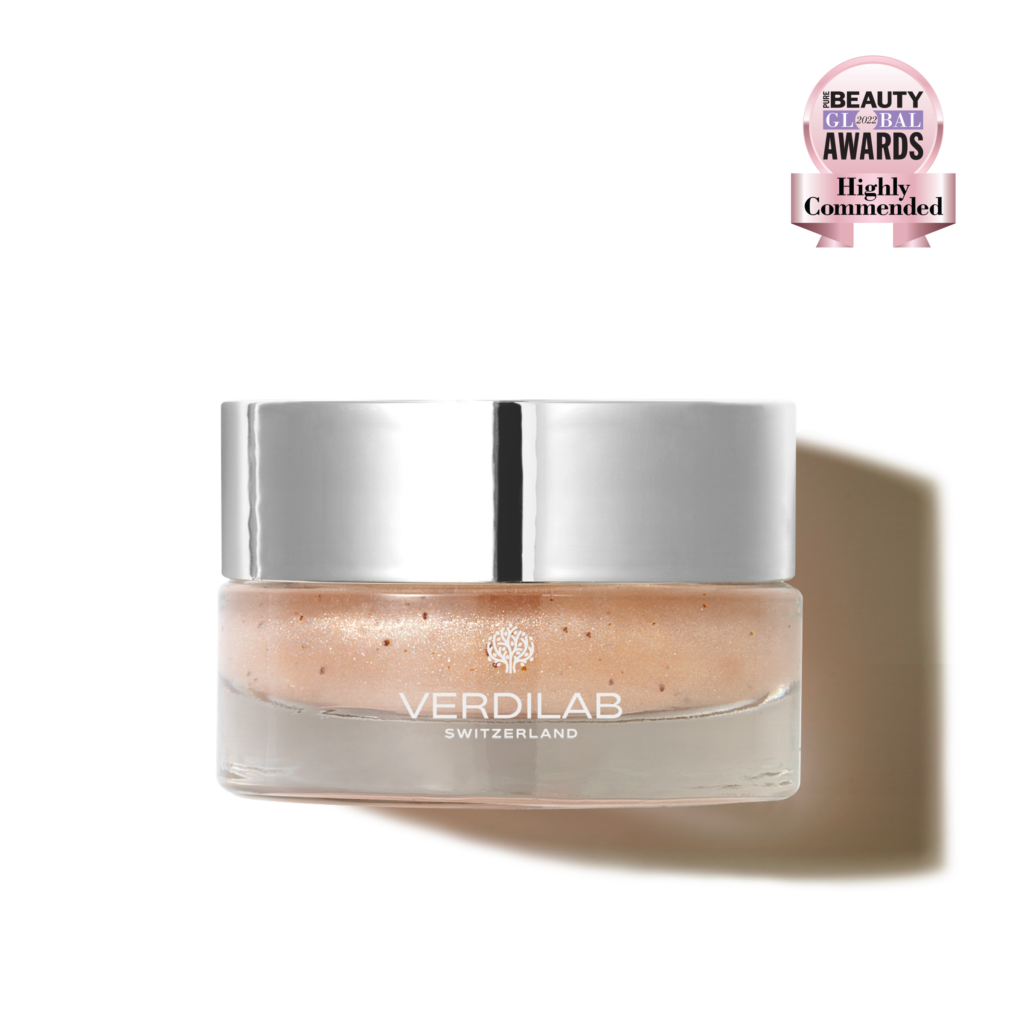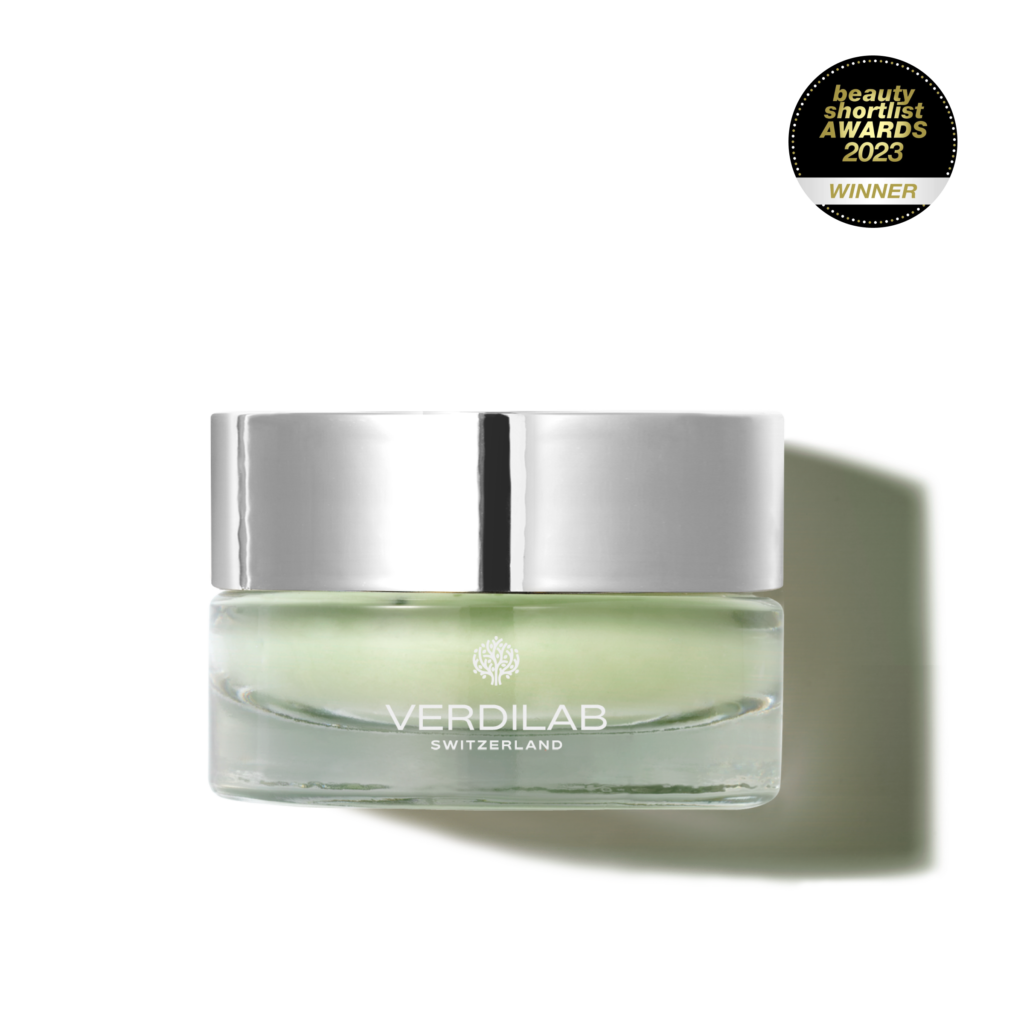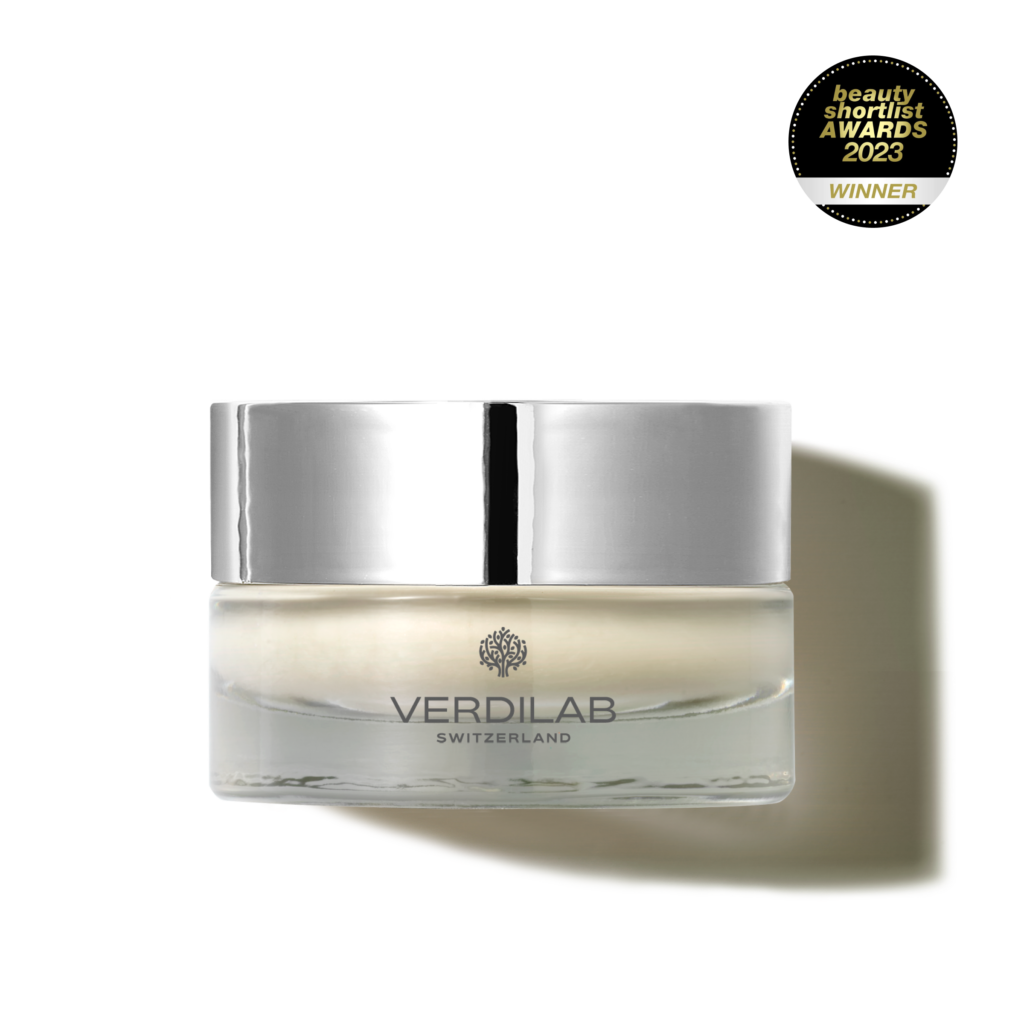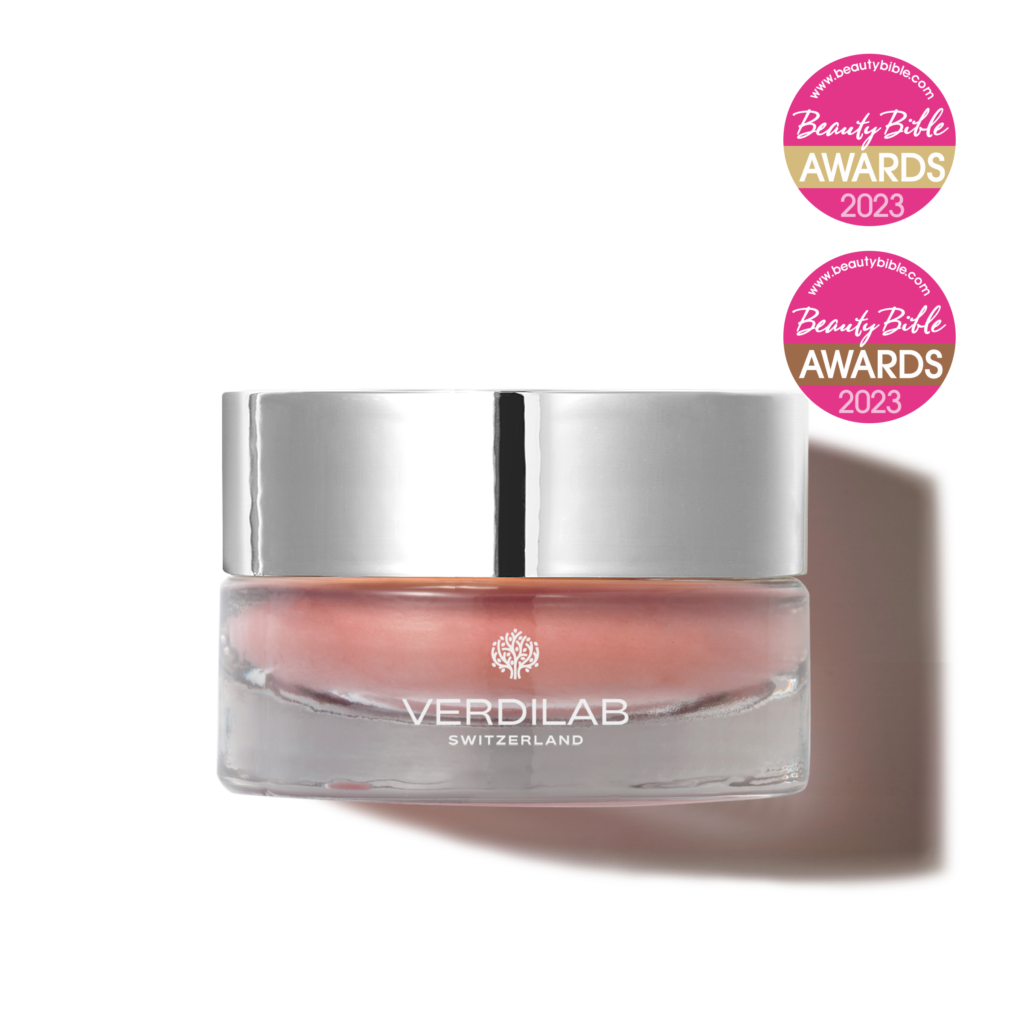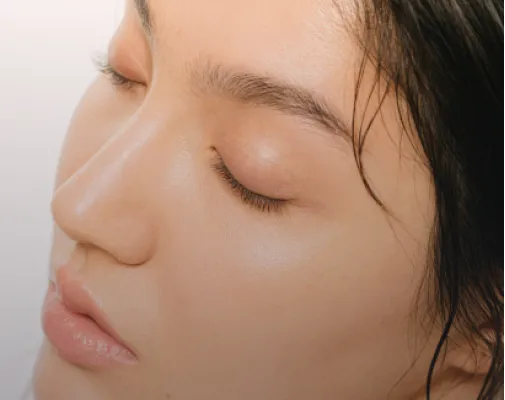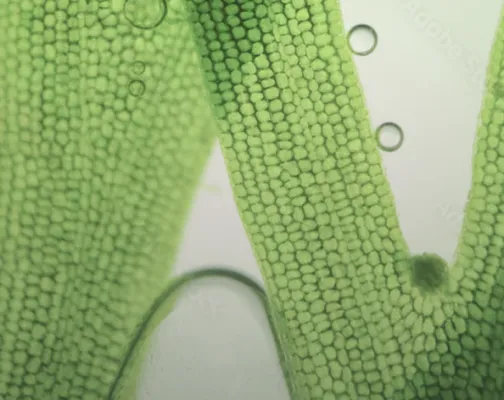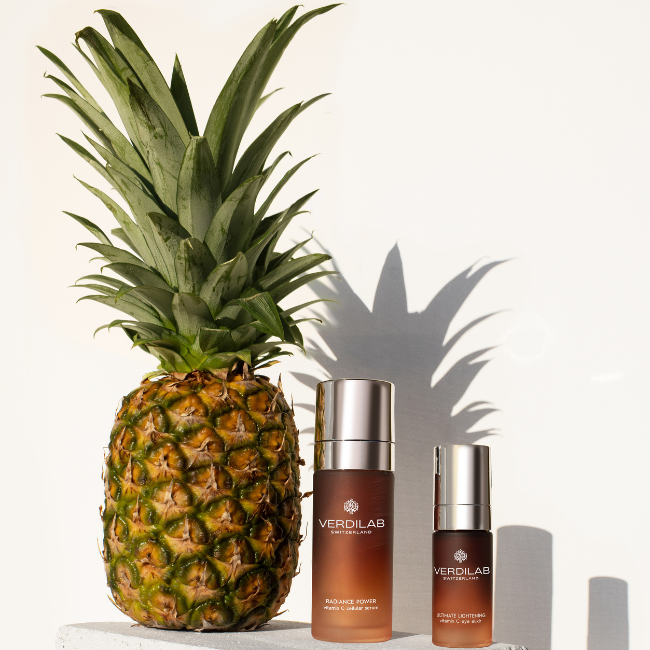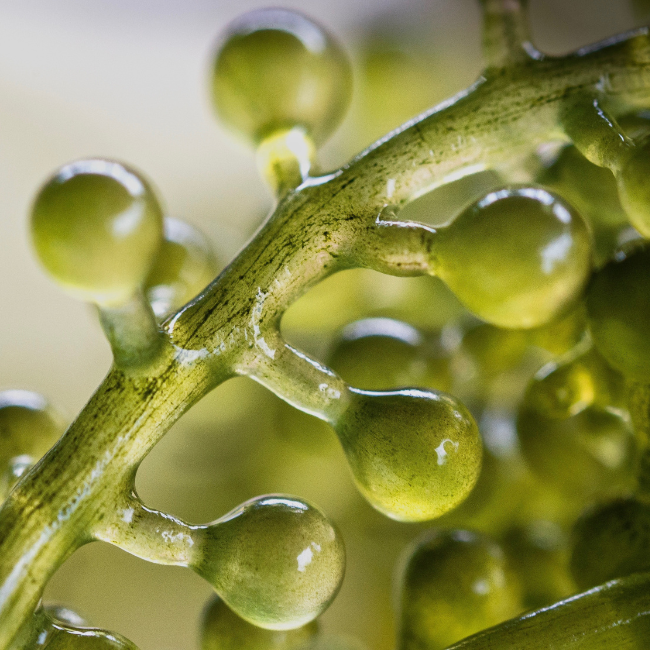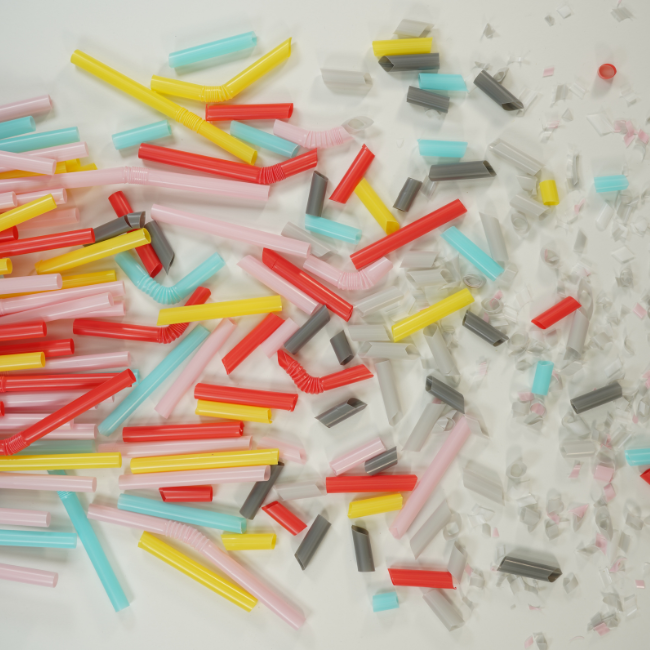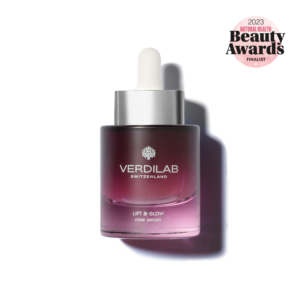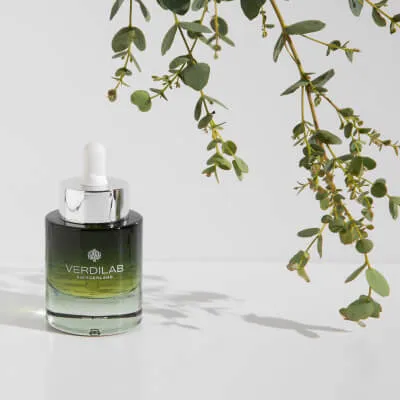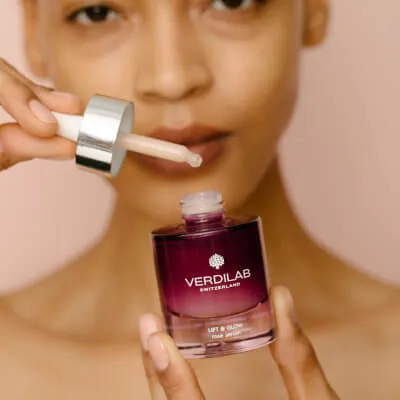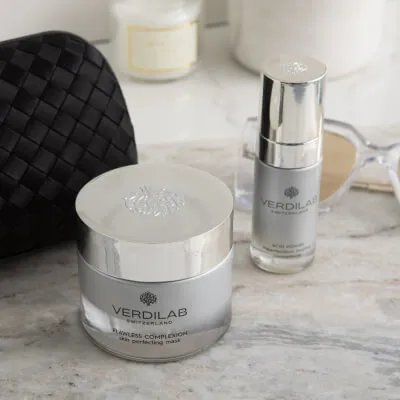Explore the anatomy and physiology behind our largest organ – skin! Learn about its structure, functions, layers, and more.
Did you know that the skin is not only the largest organ of the body but also accounts for approximately 15% of our total body weight? As the outermost layer, the skin plays a crucial role in protecting our organs, muscles, and bones from the environment. The structure of human skin helps maintain internal balance and minimizes the potential impact of physical, chemical, and biological factors. Given its many functions, it’s no surprise that the skin is such a complex organ.
It’s interesting to note that the thickness of the skin layers, the epidermis and dermis, can vary depending on the body location. For instance, the eyelid has the thinnest epidermal layer, measuring less than 0.1 mm, while the palms and soles of the feet have the thickest epidermal layer, reaching approximately 1.5 mm. Additionally, the dermis is thickest on the back, being 30-40 times thicker than the overlying epidermis.
Skin anatomy
Skin is a complex organ with is made up from three layers – epidermis, the dermis, and subcutaneous tissue, also called as hypodermis.

Epidermis
The epidermis is the outermost layer of the skin, comprised of various types of cells that work together to protect against environmental factors like sunlight, pollution, toxins, and tobacco smoke. The primary cells found in the epidermis are keratinocytes, which produce a protein called keratin that plays a crucial role in skin protection. As keratinocytes undergo a process called keratinization, they move from the deeper layers of the skin to the surface, where they eventually die and contribute to the supply of keratin.
The structure of the epidermis is divided into four sub-layers: the basal cell layer, the squamous cell layer, the granular cell layer, and the cornified cell layer. These layers play different roles in the function and development of the epidermis. While the epidermis can regenerate from stem cells located in the basal layer, it relies on the underlying dermis for support as it does not have its own blood supply.
Discover the Intriguing Facts:
The thickness of our skin is determined by the inherent qualities of our skin cells. One fascinating property is their capacity to undergo a programmed cell death called apoptosis. Apoptosis plays a crucial role in various aspects of skin health, including remodeling, controlling cell populations, and safeguarding against abnormal cells. However, when the delicate balance of apoptotic mechanisms is disrupted, it can give rise to conditions like psoriasis or even trigger the formation of skin tumors.
Dermis
The dermis is a crucial layer of skin located below the epidermis. It consists of connective tissue with nerve and blood vessel networks, as well as specialized cell populations such as fibroblasts and immune cells. The dermis plays a vital role in supporting and maintaining the function of the epidermis, including skin repair and remodeling.
Notably, the dermis has a higher density and a rich connective network compared to the epidermis, mainly due to the presence of collagen. Collagen, the most abundant protein in the skin, is primarily composed of type I collagen, which makes up 80%-90% of skin collagen. Other collagen types, such as type IV and VII, can also be found, particularly in the basement membrane zone where they assist in collagen organization within the dermis.
Fibroblasts, specialized cells found in the dermis, produce collagen and are responsible for supporting the skin matrix, maintaining skin firmness, and elasticity. Fibroblasts also produce glycosaminoglycans, which are another type of structural component necessary for maintaining skin moisture. Unfortunately, as we age, the activity of fibroblasts and collagen production decreases at a rate of about 1.0%-1.5% per year. This limited supply of collagen and other structural components can lead to a loss of skin elasticity and firmness, ultimately resulting in wrinkles.
It’s important to note that certain lifestyle choices, such as smoking, a highly processed diet rich in sugary and fatty foods, and a lack of sleep can accelerate this aging process. However, supplementing or using topical skincare products that are rich in amino acids, retinol or natural substances that work similarly as synthetic retinol inside skin can boost collagen production.
Did you know?
The collagen makes up 70% of the skin’s dry weight. The dermis provides essential cushioning and insulation for the skin and underlying organs. This remarkable feature is made possible by the small lobes of fat-containing cells called lipocytes.
Skin glands
The human skin contains various types of exocrine gland structures, including sudoriferous, sebaceous, ceruminous, and mammary glands. Among these, sudoriferous glands, also known as sweat glands, can be further classified as eccrine or apocrine glands, depending on their origin.
The eccrine glands play a crucial role in regulating body temperature by producing and releasing sweat. On the other hand, apocrine glands, found exclusively in the axilla and pubic area, produce a milky, protein-rich sweat that has antimicrobial properties.
Sebaceous glands are part of the hair unit and are responsible for secreting sebum, an oily and dense substance. This sebum forms a thin protective film on the skin and hair, preventing fluid loss and inhibiting the adherence of pathogens.
To sum up
The skin is a complex and versatile organ that serves multiple functions, including protecting our internal organs from the environment and infections. It is also a pat of entire immune system of our body. Skin is involved into communication and transmitting sensory information through its network of blood vessels and nerves. However, the constant cell growth and exposure to external factors make the skin vulnerable to damage, which may lead to various skin disorders including allergies, dermatitis or psoriasis.
References:
Brown TM, Krishnamurthy K. Histology, Dermis. 2021 Nov 19. In: StatPearls [Internet]. Treasure Island (FL): StatPearls Publishing; 2022 Jan.
Buffoli B, Rinaldi F, Labanca M, Sorbellini E, Trink A, Guanziroli E, Rezzani R, Rodella LF. The human hair: from anatomy to physiology. Int J Dermatol. 2014 Mar;53(3):331-41.
Haneke E. Anatomy of the nail unit and the nail biopsy. Semin Cutan Med Surg. 2015 Jun;34(2):95-100.
James WD, Berger TG, Elston DM. Andrews’ diseases of the skin: Clinical dermatology, 2006; (10th ed.). Philadelphia: Elsevier Saunders.
Kim JY, Dao H. Physiology, Integument. [Updated 2021 May 9]. In: StatPearls [Internet]. Treasure Island (FL): StatPearls Publishing; 2022 Jan-. Available from: https://www.ncbi.nlm.nih.gov/books/NBK554386/
Kolarsick PAJ, Kolarsick MA, Goodwin C. Anatomy and Physiology of the Skin. Journal of the Dermatology Nurses’ Association. 2011 Jul 3(4):203-213.
Parrado C, Mercado-Saenz S, Perez-Davo A, Gilaberte Y, Gonzalez S, Juarranz A. Environmental Stressors on Skin Aging. Mechanistic Insights. Front Pharmacol. 2019 Jul 9;10:759.
Sato K, Kang WH, Saga K, Sato KT. Biology of sweat glands and their disorders. I. Normal sweat gland function. J Am Acad Dermatol. 1989 Apr;20(4):537-63.
Zouboulis CC, Picardo M, Ju Q, Kurokawa I, Törőcsik D, Bíró T, Schneider MR. Beyond acne: Current aspects of sebaceous gland biology and function. Rev Endocr Metab Disord. 2016 Sep;17(3):319-334.
